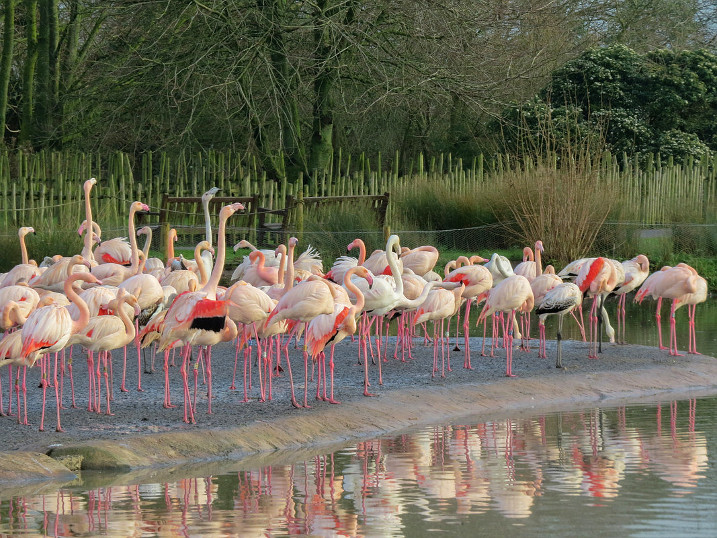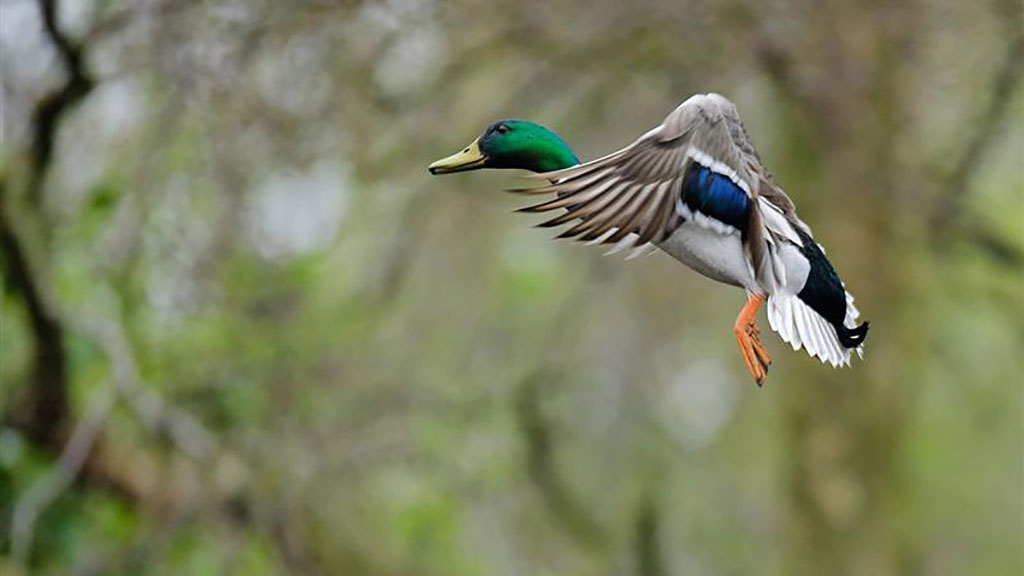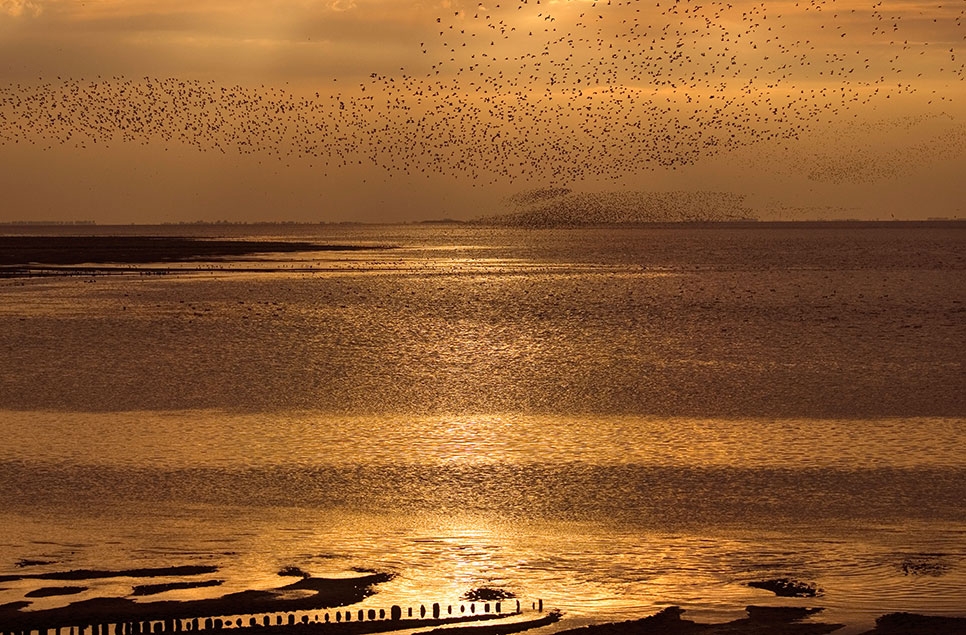New WWT study reveals what captive flamingos get up to when the lights go out

Captive flamingos are as active as their wild counterparts at night despite their different lifestyles, according to latest research.
Although the birds were provided with food and protected from predators, footage shows that flamingos at WWT Slimbridge forage and roam widely in their enclosure in the dark.
This indicates that flamingos have an in-built behaviour pattern to keep active rather than act out of necessity.

WWT’s Dr Paul Rose, who conducted the study by monitoring 270 greater flamingos, was surprised by the results.
He said:
Well who’d have thought it? Flamingos prefer the action at night!
As Slimbridge houses the biggest zoological collection of flamingos anywhere in the world we’ve managed to discover a lot about their behaviour patterns.
However, until now, little has been known about what they get up to under the cover of darkness once the wardens have gone home.
The results are fascinating as it suggests that flamingos are hard-wired to stay active.
This research has important implications for how experts manage zoo populations of flamingos and other species.
By providing a habitat that is suitable for a wide range of activities, including those not witnessed during the day, the birds are encouraged to behave as they would in the wild.
The flamingos’ movements were tracked by using remote trail cameras which were fitted around their enclosure at the famous wetland centre.
The results showed flamingo foraging peaked in the evening even though they’d been provided with a complete diet during the day. They also roamed more widely around their enclosure preferring the shelter of nightfall despite a zero threat of predators. Birds congregated in fewer areas of their habitat during the later morning and middle of the day – tending to be in one specific place for resting and preening.
Some behaviours, such as courtship displays, were most commonly performed during the day.
Dr Rose believes more research into nocturnal behaviour is needed if the welfare of captive animals is to be fully understood.
The paper, published in the journal Zoo Biology, is entitled: Patterns of nocturnal activity in captive greater flamingos.



